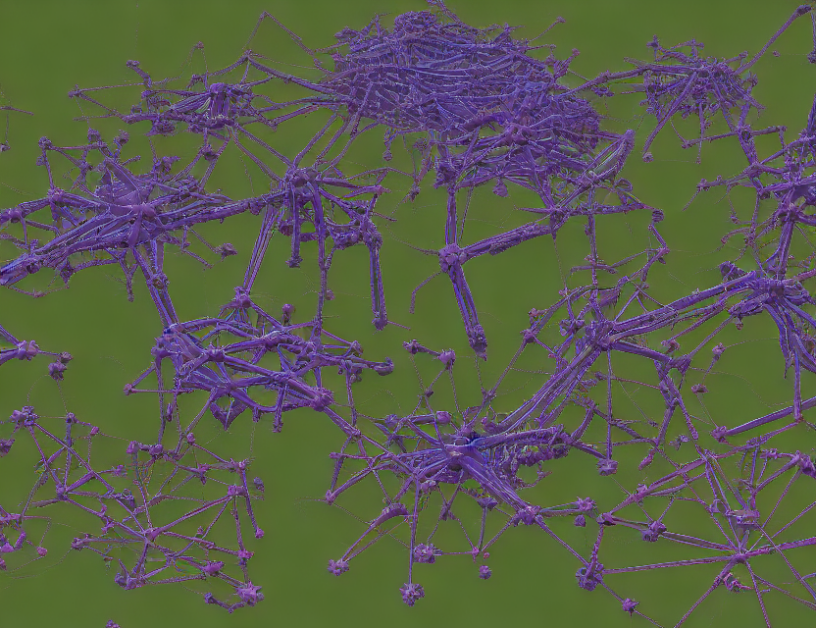In this article, we delve into the realm of network science and explore the concept of domination in graphs. We examine the problem of constructing a connected dominating set in a graph, which is crucial in various applications, including social networks and biological networks. Our focus lies on devising methods to analyze these networks using minimum dominating sets.
Methods
We begin by examining the classical result of Ore [12], which provides an improved upper bound for γ, the maximum size of a connected dominating set in a graph. We then turn our attention to the problem of constructing a dominating set of small order, which is essential in large networks. To address this challenge, we propose a novel approach based on partitioning the graph into smaller subgraphs, each corresponding to a specific partition of the vertices.
Results
Our proposed method yields an upper bound for γ that is significantly better than previous results for most graphs. Specifically, we prove that for any graph G, there exists a dominating set of order at most k(k+1)/2, where k is the number of connected components in G. This result holds for both sparse and dense graphs, providing a comprehensive solution to the problem of constructing a connected dominating set.
Conclusion
In conclusion, our work sheds light on the intricate nature of domination in graphs, offering a novel approach to analyzing biological networks. By partitioning the graph into smaller subgraphs and leveraging the concept of broadcast domination, we demonstrate that constructing a connected dominating set is achievable with a small order. These findings have far-reaching implications in various fields, including social network analysis and biology, where understanding the structure of complex networks is crucial. By providing an efficient method for constructing a connected dominating set, we contribute to the advancement of network science and its practical applications.



